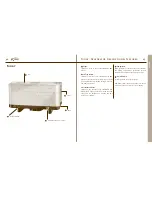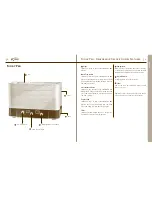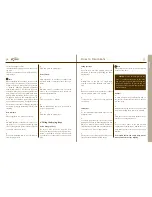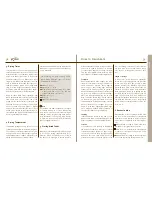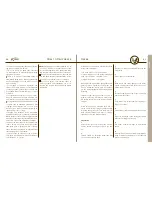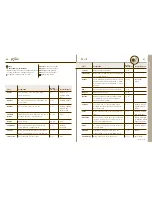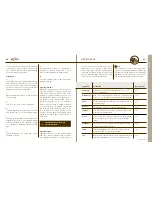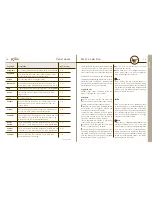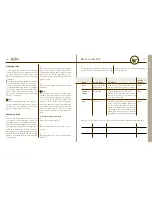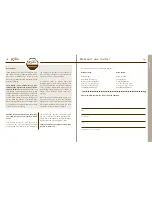
56
57
Prevents changes in flavor
Facilitates the drying process and reduces dry-
ing time
Reduces contamination from molds and bac-
terial growth
Note
Many vegetables such as beans, corn, peas and
broccoli must be steamed or blanched before
drying. Carrots and celery should be blanched
or steamed. Although untreated vegetables
used within three to four months will have
acceptable flavor, heat treated vegetables will
have better color and reconstitute much more
quickly. A few vegetables, such as onions, gar-
lic, peppers, tomatoes and mushrooms can be
dried and reconstituted successfully without
heat treatment. Generally, if vegetables must
be steamed or blanched for freezing, they must
be treated for drying. Blanching is faster than
steaming.
How to Blanch
1
Place vegetables in a basket or colander.
2
Dip filled basket or colander into a pot of boil-
ing water for 5 – 20 seconds depending upon
size of cut vegetable. (Leave in water only until
you notice a change in color).
3
Remove immediately. Dip in ice cold water to
stop cooking process.
4
Drain and place on drying trays.
How to Steam
1
Place vegetables in a basket or colander that
will allow steam to circulate around the vege-
tables.
2
Dip filled basket or colander into a pot with
about 5 cm of boiling water. Food should not
make contact with water.
3
Cover and steam 3 – 5 minutes.
4
Remove immediately. Dip in ice cold water to
stop cooking process.
5
Drain and place on drying trays.
2. Filling the drying trays
Before filling the trays
Be sure to blot all excess moisture from
foods that have been washed, sugared, mar-
inated or are high in moisture, (such as very
ripe tomatoes or citrus fruit) to prevent drip-
ping.
Filling the trays
1
Once the food has been properly sliced (and
pretreated, if desired), begin filling the dehy-
drating trays.
2
Arrange food on the tray in a single layer.
Leaving a little space between each piece of
food.
3
Make sure the center hole in each tray is always
left uncovered to allow air to circulate.
4
If only one side of the food is cut, place the
cut side up.
Filled Trays
1
Do not immediately place filled trays onto the
dehydrator base.
2
Let excess moisture drip off the trays before
putting on the base by either tapping each tray
firmly on a towel to remove excess moisture or
let filled trays sit away from the dehydrator for
10 minutes, on a towel or paper towels.
3
Placing trays on a towel or paper towels to col-
lect moisture will make cleanup easier.
How to Dehydrate
Note
Always fill the trays with food before placing
trays onto the base.
Caution:
If loose particles get into the
base or moisture drips down to the base
and gets into the motor, it will damage the
motor and electronics. To prevent any da-
mage make sure you follow the instructions
below carefully.
Optional
1
To catch any remaining overflow that may oc-
cur, use fruit leather sheets placed on the bot-
tom two trays.
2
Alternate placing the sheets on one half of each
tray. This will allow the warm air to circulate.
3
Place these two bottom trays (without food),
directly on the dehydrator base.
4
Do not use wax paper, as the wax will melt
at dehydration temperatures. Remember to al-
ways leave the center hole uncovered or unob-
structed.
Fruit leather sheets and empty trays may be
removed when food stops dripping.
ENGLISH




